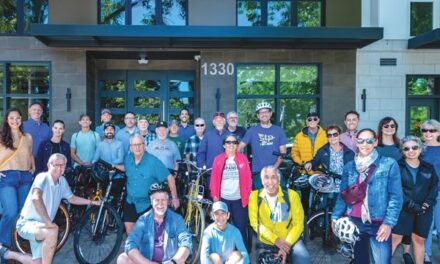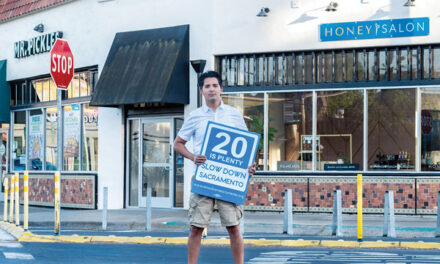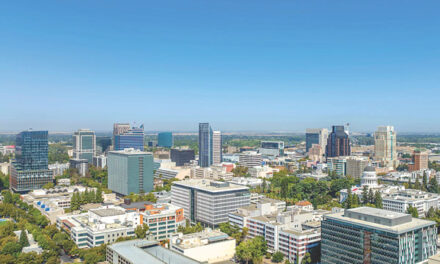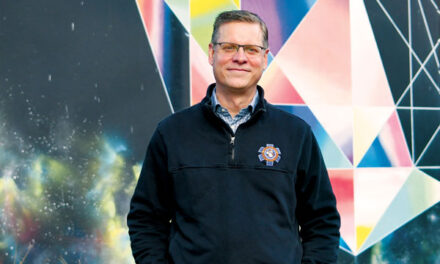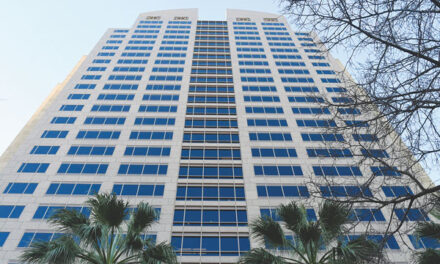It’s hard to imagine anyone better equipped to represent the interests of Sacramento bicyclists than Debra Banks. As interim director of SABA, Sacramento Area Bicycle Advocates, Banks rides everywhere on one of her several dozen bikes.
She commutes to work, has ridden up and down California and around the world in long-distance 1,200-kilometer grinds where participants have 90 hours to finish, including the legendary Paris-Brest-Paris twice.
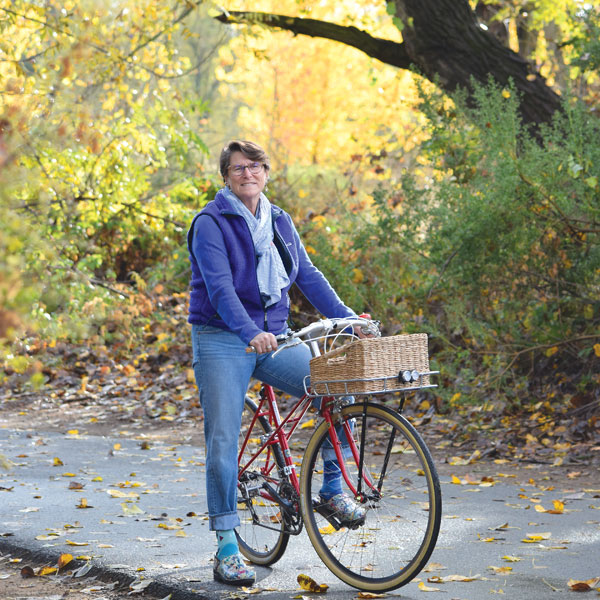
For her last Paris ride, she slept 1 hour and 45 minutes over 90 hours. She completed the course, which included 30,000 feet of climbing, with 20 minutes to spare.
She founded and owns Rivet Cycle Works, a successful boutique business that designs and sells high-end bike saddles. And perhaps most importantly, Banks knows firsthand the hazards of cycling.
Five years ago near Ukiah, a drunk driver hit Debra Banks and her four companions. Struck from behind, Banks felt a light tap. But she wound up in a ditch with a cracked pelvis, gashed right arm and severely broken leg. A former Outward Bound instructor and high school gymnast, Banks is tough. She had been injured before, but not like this.
“I like to ride my bike really long distances,” she says, “but I do feel the crash was a watershed change event for me.”
After seven surgeries, years of excruciating therapy, setbacks and depression that accompanies severe injuries, Banks might have giving up her bikes. But she didn’t.
There’s nothing she enjoys more than to test her cycling limits with friends. She especially loves long rides along the California coast, where riders have only the stars and their lights to puncture the darkness during middle-of-the-night adventures. With no auto traffic and the sound of waves crashing, the rides are a mix of endurance and meditation.
If you doubt how much she loves to pedal, consider that she finished a long-distance ride in South America after the metal plates and 23 screws holding together her injured leg sheered off and broke. The pain was excruciating, but she finished.
She still cycles, but long rides are more of a struggle with her injured leg. Now she spends considerable time advocating for a more bike-friendly Sacramento.
On a windy November afternoon, she and a few dozen other bike enthusiasts carried signs outside a Sacramento Transportation Authority meeting to call for more bike-related funding. A half-cent sales tax headed for the November ballot could be a big help if authorities show a commitment to what planners refer to as Complete Streets—not streets that cater solely to cars and trucks.
Sacramento has made progress. The city hired Jennifer Donlon Wyant as its “active transportation specialist” and added dedicated bike lanes in the core. There are city cycling classes. Online assets include a map of bike racks.
But unlike some California cities, Sacramento has no dedicated funding source to dramatically step up its support of safe cycling. If Debra Banks had her way, Sacramento would have fewer one-way streets where cars accelerate. And she would lower the speed limit to 30 or 35 mph on all city streets.
“For the inner city in the grid, it’s fairly safe to ride a bike,” she says. “But that said, the inner-city area has to share our streets with e-bikes and scooters and pedestrians and bikes and cars and trucks and trains and people in wheelchairs, and those streets have not gotten any wider. I’m happy to see people have more opportunities to find alternatives to driving, but with more people and forms of transportation competing for space, it’s a little chaotic.”
Outside the city’s core, the challenge is more daunting. “We still have vastly underserved areas where people don’t even have sidewalks to walk on,” Banks says. “In our poorer communities, people there are using bikes as their only mode of transportation, so things haven’t gotten better yet. I think there is an energy for that in the city and I know Jennifer definitely wants to put resources there, but those resources are hard to find.”
The most livable cities cater to pedestrians and cyclists as much as automobiles. Climate change makes alternative transportation more crucial than ever. For my money, I’m hoping Sacramento city and county leaders follow the example set by trailblazers such as Banks and Donlon Wyant. Bike safety and convenience need to be a priority—not an afterthought—as we continue to shape a capital city and region that work for everyone.
Gary Delsohn can be reached at gdelsohn@gmail.com. Follow us on Facebook, Twitter and Instagram: @insidesacramento.



